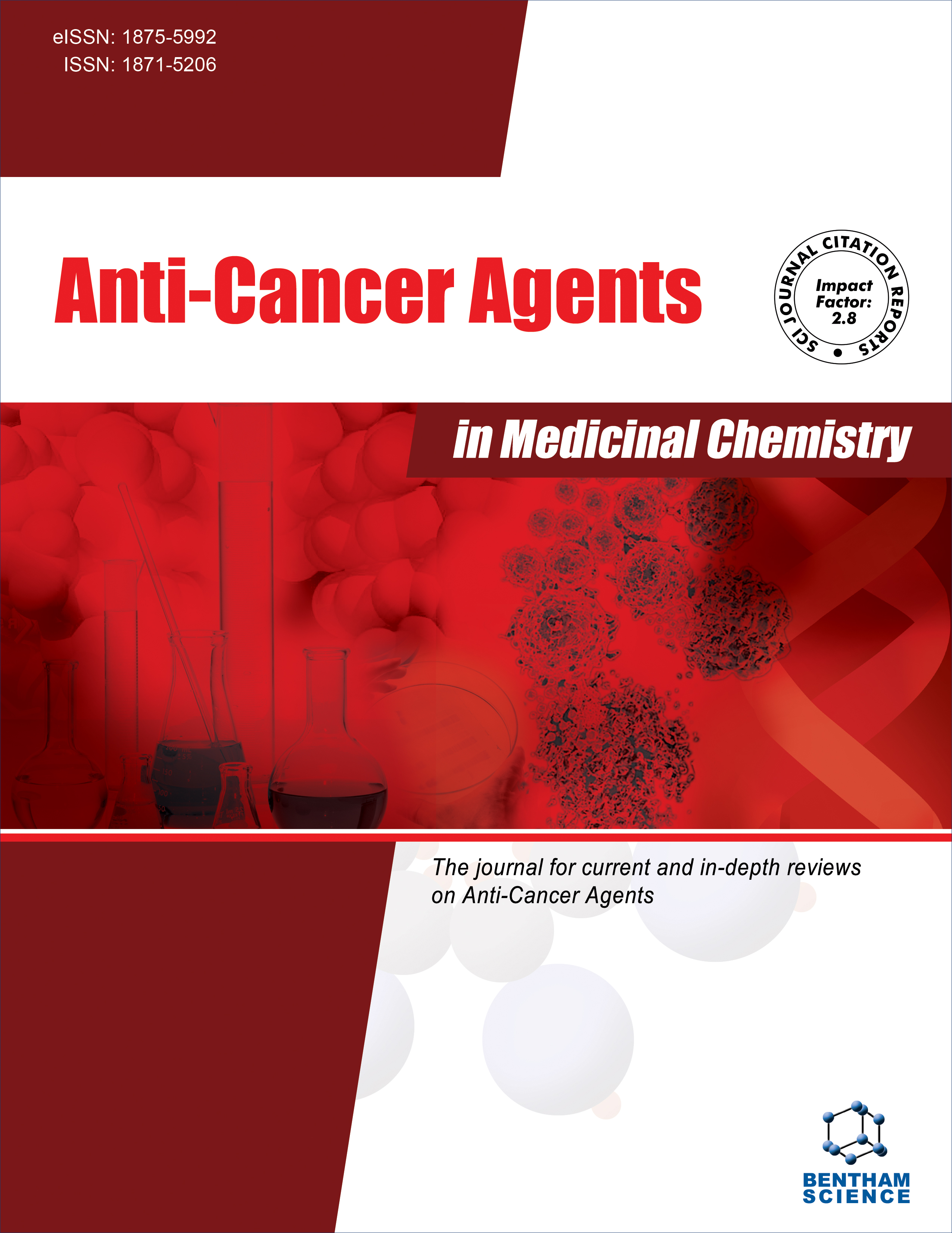
Full text loading...
Lung cancer is a highly aggressive tumor with limited therapeutic options. The misregulation of Androgen Receptor (AR) signaling has been observed in lung cancer. Therefore, inhibiting AR signaling is a promising strategy for treating lung cancer.
Selective Androgen Receptor Modulators (SARMs) are small molecule drugs with a high affinity for the AR. S4, a member of SARMs was potentially positioned as a promising therapeutic agent in A549 lung cancer cells owing to its high bioavailability, lesser side effects, and novelty in cancer.
We employed several techniques to investigate the potential anti-carcinogenic effect of S4 on A549 cells at cellular level. The cytotoxicity of S4 was investigated thorough MTT, and the IC50 value was identified as 0.22 mM. Then, the anchorage-dependent and -independent colonization of cells were assessed by colony formation and soft agar assays, respectively. Additionally, migration capacity, apoptosis, proliferation, senescene, cell-cycle progression of cells was examined thoroughly. In addition, gene expression profile and metabolome signature were explored via qRT-PCR and metabolomics, respectively to provide molecular links for S4 mode of action.
Our findings demonstrate that S4 inhibited growth, migration, and proliferation while inducing apoptosis. S4 significantly upregulated the BAX, CDKN1A, PUMA, and GADD45A genes while downregulating MKI67, BIRC5, and PCNA expression. S4 treatment drastically altered the metabolome signature, and enrichment of cancer related pathways by altered metabolites was noteworthy.
We report the first study evaluating the potential anti-carcinogenic effects of S4 on lung cancer in-vitro which would bridge the gap on the utility of SARMs as inhibitors of lung cancer. Our results suggest that S4 could be considered as a promising drug candidate to test further for lung cancer treatment.

Article metrics loading...

Full text loading...
References


Data & Media loading...
Supplements

